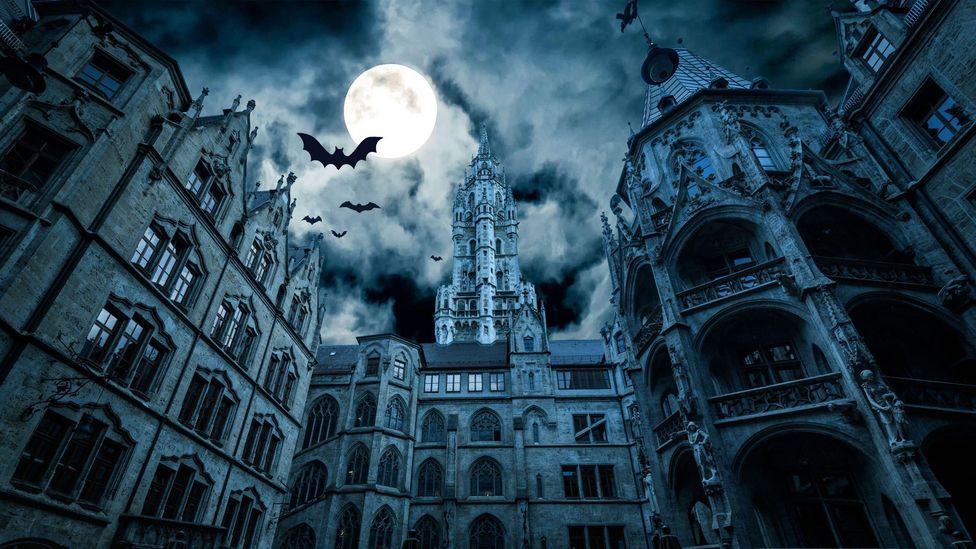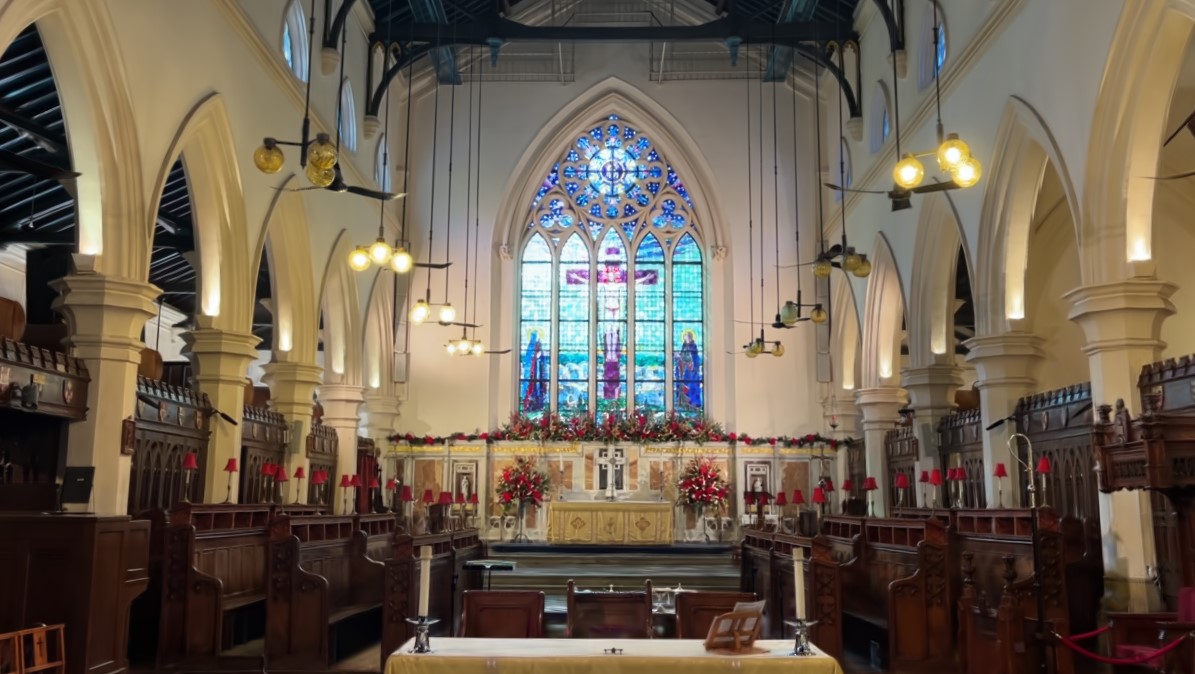From Notre Dame to Digital Twin: The Crisis in Cathedral Preservation
Gothic cathedrals have been huge monuments to human creativity, spiritual goals, and architectural skill for hundreds of years. These buildings are a huge part of history, from the high naves of Chartres to the detailed spire of Cologne. But they are also very delicate. They are always at danger of dying because of the weather, the time of year, pollution, and the possibility of terrible things happening, like the 2019 fire at Notre Dame in Paris.
Architects and conservators in the 21st century face a huge challenge: how can you use the technology of the future to repair and maintain buildings that took hundreds of years to develop, using the skills and materials of the past?
The Digital Twin is a groundbreaking instrument that is quickly migrating from the field of industrial engineering to the field of cultural preservation. The Digital Twin is more than just a 3D model; it is the best way to protect our most important architectural history. It changes conservation from something that happens after something happens to something that happens before something happens.
What is a Digital Twin, and how is it different from a 3D model?
“Digital Twin” is a big architectural concept for 2025, but what does it signify for a Gothic building that is 700 years old?
A static 3D model, as one made in basic computer-aided design (CAD), shows what an item looked like at a certain point in time. Building Information Modeling (BIM) takes things a step further by putting information like the type of materials used and the relationships between shapes into the model.
But a Digital Twin is a live, changing virtual copy. It constantly gets real-time data from the actual cathedral through a network of sensors (the Internet of Things, or IoT). This information includes stress on important structural parts, humidity levels inside, changes in temperature, and air quality.
Because of this ongoing feedback loop, the virtual model can perfectly match the condition of the real building. It lets conservators perform complicated simulations that can forecast how structures will behave and how materials will break down years before a problem becomes obvious. This makes real predictive maintenance possible.

Source: energy-models.com
The Ultimate Case Study: Using Data to Save Notre Dame
The ongoing restoration of Notre Dame Cathedral in Paris is the most well-known example of the Digital Twin revolution. The terrible fire in 2019 made it very important and never before needed to have precise records and forecast models.
Fortunately, years of research and high-tech mapping made the Digital Twin possible. Andrew Tallon, an American architectural historian, had carefully laser-scanned the whole cathedral before the fire, getting billions of data points with millimeter accuracy. This LiDAR (Light Detection and Ranging) baseline was really helpful.
New scans showed the damage after the fire. By putting the “before” twin on top of the “after” reality, restoration crews got the information they needed to make an accurate and forensic reconstruction. This method is not easy:
Structural Integrity Analysis: Engineers utilize the twin to model how forces are spread out, especially when it comes to the new timber structure of the roof and spire.
Tracking materials: Each new stone block and piece of oak for the “forest” (the roof frame) is digitally marked in the twin. This makes a permanent, auditable record of the reconstructed construction.
Virtual Prototyping: The team can “test” different building sequences and materials in a virtual environment before making a single, irreversible move on the valuable physical structure.
The Notre Dame project has shown that the Digital Twin is more than just a way to rebuild things; it is an important aspect of the modern conservation movement. It makes sure that the work of medieval craftsmen is respected, copied, and kept safe with 21st-century accuracy.

La cattedrale di Notre-Dame sta finalmente per riaprire – pltpuregreen.it
The Tech Stack: Sensors, AI, and the Future of Monitoring
A Digital Twin’s ability to work well depends a lot on the advanced technology that gives it information. Several key technologies that are creating this “New Gothic” age of preservation have been adopted by the conservation field:
LiDAR and photogrammetry are two ways to scan things that are utilized to make the twin’s first shape. LiDAR gives you geometric precision, whereas photogrammetry employs thousands of high-resolution photographs to provide realistic texture and detail, even to the fine carvings on a rose window’s tracery.
IoT Sensors: Small, frequently wireless sensors are put in historic buildings to keep an eye on situations that cause them to fall apart. Some important metrics are:
- Micro-Cracking: Acoustic sensors can pick up on the first signs of stress in stone or wood structures.
- Moisture and humidity are very important for keeping mildew, salt crystals, and degradation from happening in fragile materials like frescoes and medieval wood.
Artificial Intelligence (AI): This is where the Digital Twin really shines. AI systems hunt for unusual patterns in the huge amount of sensor data that people wouldn’t be able to see. After that, the AI may perform simulations to see how the building will react to a future disaster, such a flood, an earthquake, or a change in the amount of air pollution in the area. This is what data-driven heritage management is all about.

3D laser scanning process of a gothic church pinnacle
The Experiential Gothic: The Metaverse and Public Access
The Digital Twin has many benefits that go beyond the conservation workshop. It is also transforming the way people connect with architectural history in a big way. This is a great chance for the public to be involved and learn, which is commonly called the Experiential Gothic.
Immersive VR Tours: The public can take high-fidelity Virtual Reality (VR) tours using the millimeter-accurate twin. This lets guests see parts of the structure that are hard to get to in real life (such the high arches or the inside of a buttress) or see how it looked hundreds of years ago, with bright, original colors and missing furniture.
Interactive Education: Educational systems use the twin’s data layer to teach students about geometry and how structures work. Students can “deconstruct” a ribbed vault or a flying buttress to learn how medieval architects built buildings that were so high—turning Gothic architecture into a masterclass in structural ingenuity.
Phygital Preservation: The twin bridges the gap between the real building and its digital version, making people feel more connected to and in control of it. When a building like Notre Dame can be seen online, it becomes everyone’s job to keep it safe.

Source: www.listchallenges.com
A Gothic Plan for the Present Day
It’s funny that the technology that was designed to conserve medieval buildings is now being used to design new ones. The same problems that modern, high-tech, sustainable design faces—managing hundreds of interdependent parts, making the best use of materials, and forecasting how a structure will behave—are the same ones that come up when trying to preserve a complicated Gothic structure.
The predictive maintenance techniques that were first used on Digital Twin Cathedrals are now being used in smart cities and big infrastructure projects. The structural logic of the great Gothic inventors is also being rediscovered. They used as little material as possible to make things as tall and light as possible. The Biophilic Vault and the skeletal strength of a pointed arch are two ideas that modern architects are using to make structures that can withstand climate change and use less carbon.

Source: gotik.org
The Gothic style was the most advanced technology of its period in the 12th century. The Digital Twin maintains this tradition today, making sure that the wisdom contained in these old stones will not only live on, but will also inspire and shape the future of architectural design for many years to come.
Reference
For more content like this CLICK HERE!!





